Dear Solar Heat Europe members,
The beginning of 2021 brings the start of a new mandate for the Solar Heat Europe’s Board of Directors elected during the General Assembly in December 2020. The strategic body comes with a strong vision and high ambition for the solar thermal sector in the next decade and they invite everyone to be part of this journey, proposing the next directions and encouraging you to bring forward your contributions.
1. Collaborating with other sectors and enabling smart sector integration – #BeSolarHeatReady
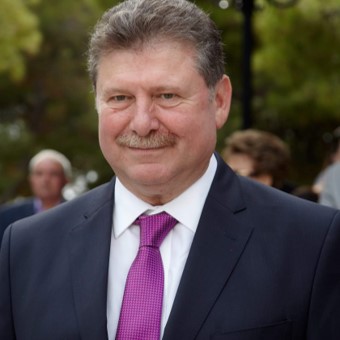 Costas Travasaros: “The solar heat business will increase worldwide. This will be realized only if we, the solar heat professionals, make it happen. Our technologies need in many cases further development, and an example is digitalization, which will allow a smart integration with other systems. Our communication needs to show that we are a better solution, i.e. by including in the calculation everything that it’s necessary to provide the same service. The market potential in the international market will be exploited by promoting competition based on quality and technology, breaking regulatory, as well as certification barriers. We need to cooperate with other industries to provide hybrid solutions for a decarbonized energy future. Get active – Be ready!”
Costas Travasaros: “The solar heat business will increase worldwide. This will be realized only if we, the solar heat professionals, make it happen. Our technologies need in many cases further development, and an example is digitalization, which will allow a smart integration with other systems. Our communication needs to show that we are a better solution, i.e. by including in the calculation everything that it’s necessary to provide the same service. The market potential in the international market will be exploited by promoting competition based on quality and technology, breaking regulatory, as well as certification barriers. We need to cooperate with other industries to provide hybrid solutions for a decarbonized energy future. Get active – Be ready!”
2. Placing the spotlight on the importance of heat decarbonisation – #HeatIsHalf
 Edwige Porcheyre: “We will be working together towards recognition of solar heat as an efficient and reliable solution to meet carbon targets, at national and European levels. This is a double challenge, as the prevailing role of heat still needs to be fully appreciated by the majority of both private and public stakeholders in the first place, hence our motto #heatishalf (of the global energy consumption worldwide).
Edwige Porcheyre: “We will be working together towards recognition of solar heat as an efficient and reliable solution to meet carbon targets, at national and European levels. This is a double challenge, as the prevailing role of heat still needs to be fully appreciated by the majority of both private and public stakeholders in the first place, hence our motto #heatishalf (of the global energy consumption worldwide).
Besides, we need to make it clear to all involved in energy efficiency, that heating needs should be met directly with appropriate and clean heating alternatives, and that solar heat is part of the solution.”
3. Delivering climate neutrality with a technology that is ready – #SolarHeatDecade
 Harald Drück: “Do you know how our energy system will look like in 2050? No one can seriously predict if in 2050 all our energy needs will be met by electricity or hydrogen or a mixture of various technologies. Or even with completely new technologies, we do not know today. But what might be in 2050 is not as important as what can be done for the planet regarding substantial CO2-reductions in the next 10 to 20 years. And a lot can be done with already available solutions such as solar heat. We have the technology and our products ready for a completely renewable and climate neutral heat supply of buildings, cities, and industrial processes. They have just to be rolled out and installed to achieve climate neutrality already today. Hence let us make 2020 to 2030 the decade of solar heat!
Harald Drück: “Do you know how our energy system will look like in 2050? No one can seriously predict if in 2050 all our energy needs will be met by electricity or hydrogen or a mixture of various technologies. Or even with completely new technologies, we do not know today. But what might be in 2050 is not as important as what can be done for the planet regarding substantial CO2-reductions in the next 10 to 20 years. And a lot can be done with already available solutions such as solar heat. We have the technology and our products ready for a completely renewable and climate neutral heat supply of buildings, cities, and industrial processes. They have just to be rolled out and installed to achieve climate neutrality already today. Hence let us make 2020 to 2030 the decade of solar heat!
4. Positioning solar heat for its efficiency and low costs – #SolariseHeat
 Marcel Cloosterman: “Solar heat has a large contribution to make in speeding up the energy transition with the widespread application of solar heat for sustainable heating and cooling at an affordable cost. The largest part of the energy we use is used to produce heat. And solar heat is the most efficient technology to convert a natural resource, the sun, into sustainable heat. It has also the best energy density, being as such a better use for rooftops in our cities and field on the ground. However, it does not only do that but also does it at the lowest cost. And it can do even better with more innovation. For instance, it’s essential to speed up the development of thermal energy storage, namely the heat battery concept, so it will be commercially available in 3 years, making solar heat also available in winter when there is less sunshine.
Marcel Cloosterman: “Solar heat has a large contribution to make in speeding up the energy transition with the widespread application of solar heat for sustainable heating and cooling at an affordable cost. The largest part of the energy we use is used to produce heat. And solar heat is the most efficient technology to convert a natural resource, the sun, into sustainable heat. It has also the best energy density, being as such a better use for rooftops in our cities and field on the ground. However, it does not only do that but also does it at the lowest cost. And it can do even better with more innovation. For instance, it’s essential to speed up the development of thermal energy storage, namely the heat battery concept, so it will be commercially available in 3 years, making solar heat also available in winter when there is less sunshine.
With these important points, Solar Heat should, and must, play an important role in the energy transition. In the next 2 years, as a sector, we should preach these points over and over again. We should demand the same level of support the electricity sector receives.”
5. Joining forces within the sector and working as a team – #SolariseIndustrialHeat
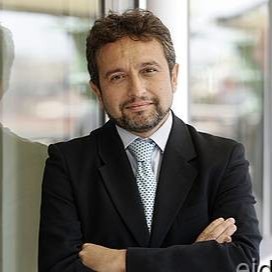 Guglielmo Cioni: “I believe our most important task in the next two years is to bring solar heat back on the map of the EU energy mix, in particular for large scale applications such as Solar Heat for Industrial Process. In large scale solar heat there is a huge untapped potential for decarbonisation at a competitive cost. Investments that can completely and quickly be repaid with cheap energy, local supply chain, and jobs. The board is a team, and our association is a team, so I would be satisfied if, together with my colleagues, we would be able to stimulate more participation and investments from our SHE members, to join forces, and attract more attention to our solutions, from EU institutions, but also from the vast community of financial investors, looking for more sustainable investments.”
Guglielmo Cioni: “I believe our most important task in the next two years is to bring solar heat back on the map of the EU energy mix, in particular for large scale applications such as Solar Heat for Industrial Process. In large scale solar heat there is a huge untapped potential for decarbonisation at a competitive cost. Investments that can completely and quickly be repaid with cheap energy, local supply chain, and jobs. The board is a team, and our association is a team, so I would be satisfied if, together with my colleagues, we would be able to stimulate more participation and investments from our SHE members, to join forces, and attract more attention to our solutions, from EU institutions, but also from the vast community of financial investors, looking for more sustainable investments.”
6. Building on our success for domestic systems and bringing forward the potential of large-scale ones – #SolariseDistrictHeat
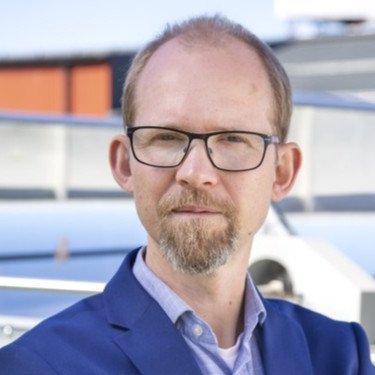 Joakim Byström: “Heat is half of the final energy consumption, and with large scale solar heat parks we can help cities and industries to reduce their energy cost. Working with solar concentrators, I see that when solar heat conquers higher temperatures, many new markets open. And with large seasonal storage, we can give people solar heat all year round. Solar heat and seasonal storage is the fastest way to decarbonize the district heating sector and save billions of euros in fuel costs for cities and citizens. As an organisation, we need to build on the successful sales of domestic solar heat systems to increase the awareness of the possibilities. Solar heat is in so many ways superior to other means to produce energy and we need to show that we are cheaper, cleaner, and more efficient!”
Joakim Byström: “Heat is half of the final energy consumption, and with large scale solar heat parks we can help cities and industries to reduce their energy cost. Working with solar concentrators, I see that when solar heat conquers higher temperatures, many new markets open. And with large seasonal storage, we can give people solar heat all year round. Solar heat and seasonal storage is the fastest way to decarbonize the district heating sector and save billions of euros in fuel costs for cities and citizens. As an organisation, we need to build on the successful sales of domestic solar heat systems to increase the awareness of the possibilities. Solar heat is in so many ways superior to other means to produce energy and we need to show that we are cheaper, cleaner, and more efficient!”
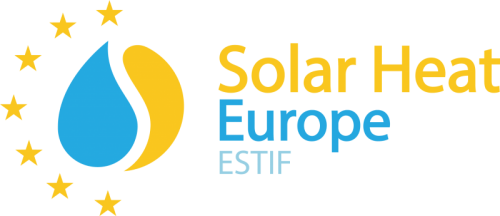
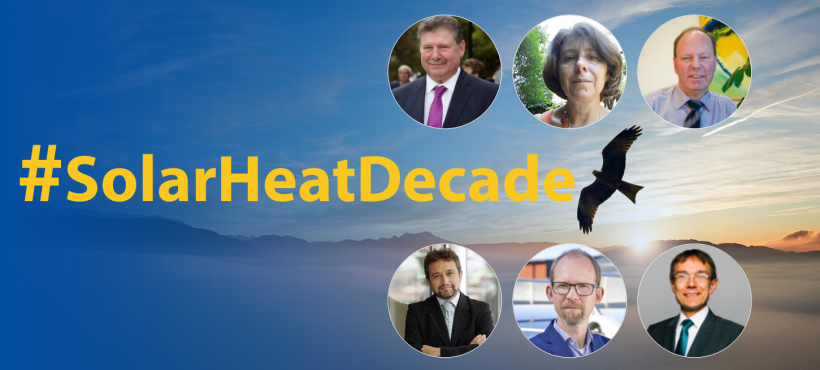
Leave a Reply